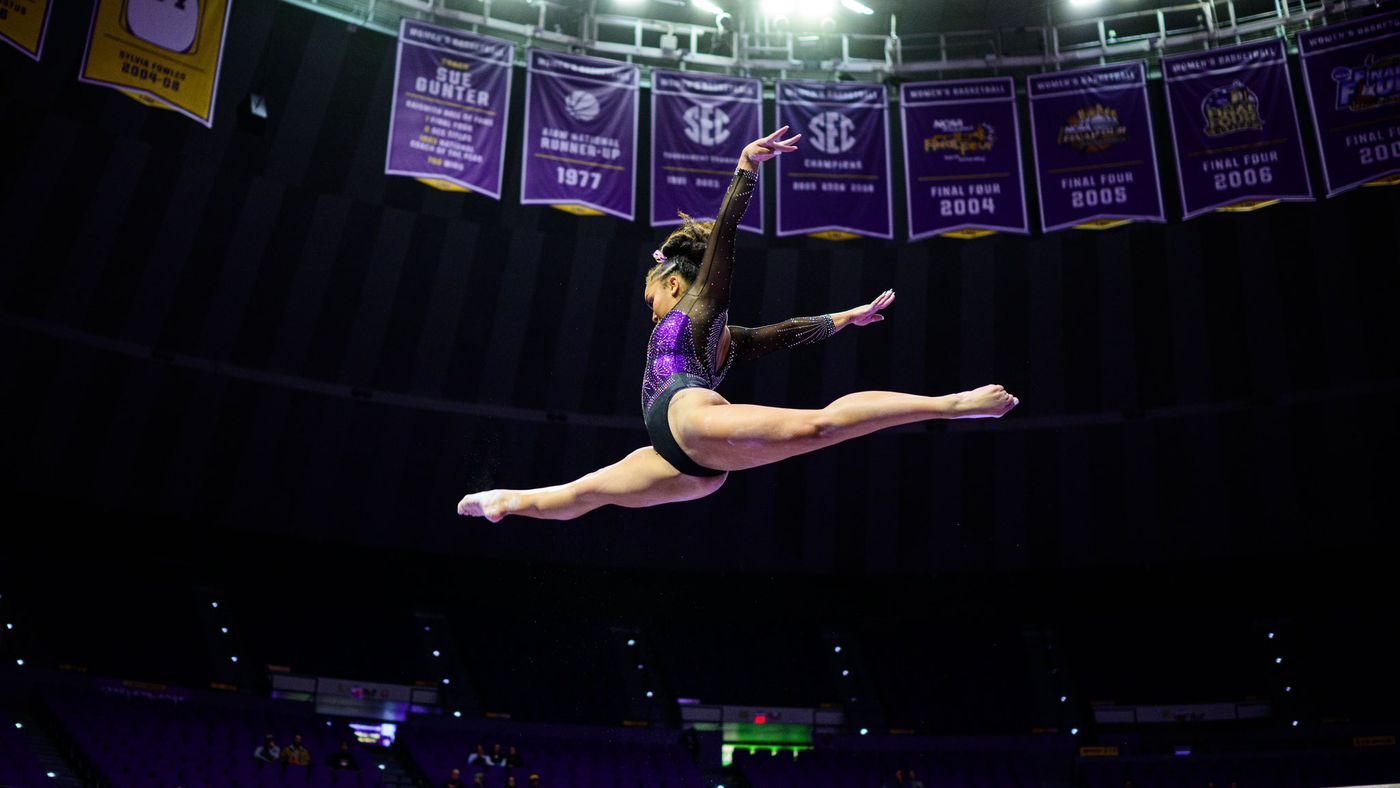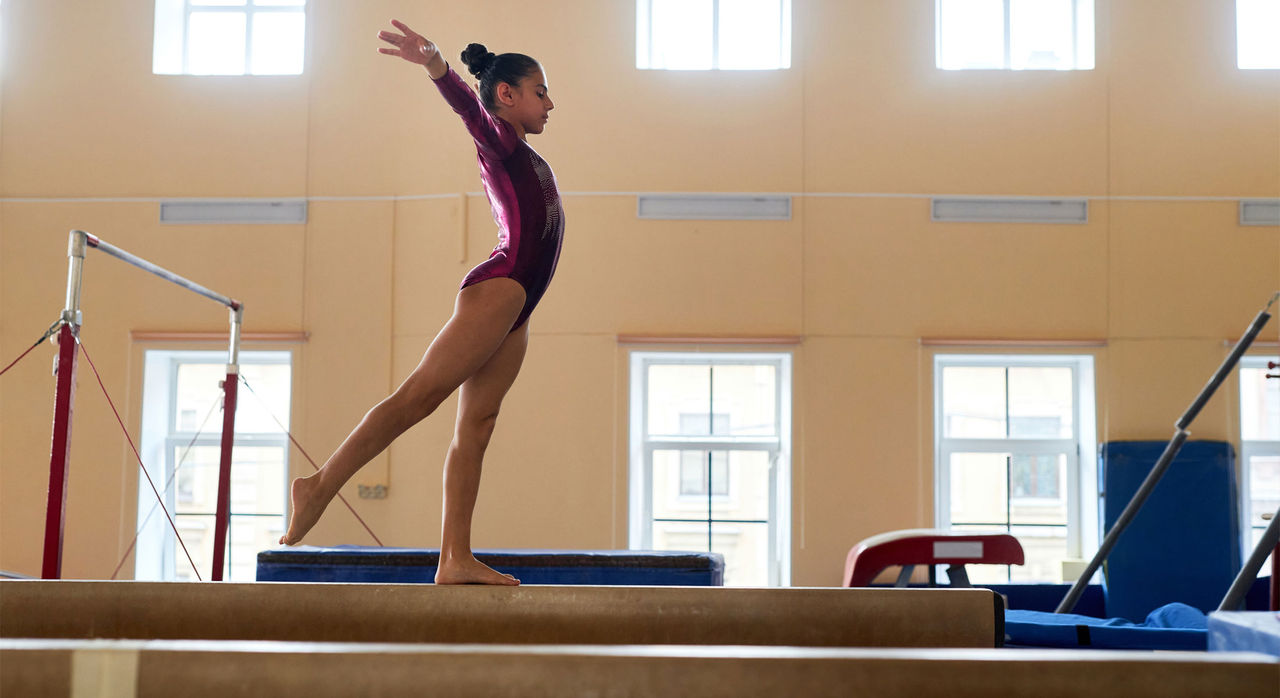Gymnasts often create the illusion of defying gravity with their acrobatic skills, leaving spectators unaware of the significant strain these moves place on their upper extremities. A single back handspring can exert a force equivalent to two to four times the gymnast’s body weight on their wrists, elbows, and shoulders.
The combination of high-impact skills and the young age at which gymnasts begin training leads to a high incidence of upper-extremity injuries. However, sports medicine providers previously lacked specific, evidence-based guidelines to help these athletes safely return to the sport.
Recognizing this gap, a team of experts at Boston Children’s Hospital, including Dr. Andrea Bauer, PA-C Elspeth Hart, and Dr. Donald Bae, developed structured return-to-play protocols for five common upper-extremity injuries in gymnasts.
These protocols are informed by their extensive experience treating hundreds of such injuries and are tailored to address the unique demands of gymnastics. The team emphasized the importance of providing healthcare providers with the necessary tools and knowledge to help gymnasts recover without risking further injury.

The protocols, published in the Journal of the Pediatric Orthopaedic Society of North America, are customized based on an athlete’s skill level and are designed to help providers determine when a gymnast is ready to progress to the next stage of recovery.
For example, one protocol involves a six-week hanging exercise that gradually strengthens the upper body while minimizing strain on the wrists and elbows. The protocols offer a clear, step-by-step approach to ensure athletes return to training and competition safely.
In addition to the protocols, the Boston Children’s team is focused on broader efforts to increase awareness of the physical demands gymnastics places on young athletes.
They have researched the effectiveness of wrist guards and supports and are planning future studies to track the success of the protocols in preventing reinjury. Furthermore, Hart is working on developing similar guidelines for lower-limb injuries in collaboration with the Lower Extremity Program.
The team at Boston Children’s hopes that their gymnastics-specific protocols will be widely adopted by both healthcare providers and athletes. They encourage collaboration with parents, coaches, and other medical professionals to ensure that young gymnasts can continue participating in the sport they love while minimizing the risk of injury.
